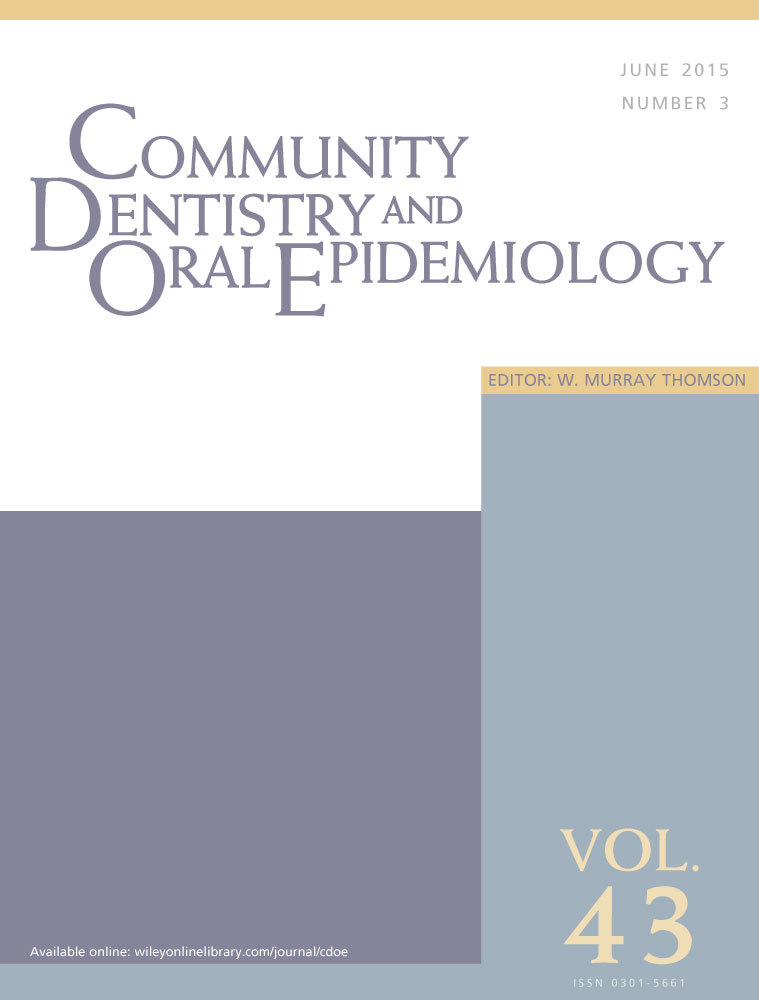Adverse childhood experiences and dental health in children and adolescents
Abstract
Objective
This study seeks to explore the how specific toxic stressors, specifically adverse childhood experiences (ACEs), and their frequencies may be associated with tooth condition and the presence of caries.
Methods
Data from the 2011–12 National Survey for Child Health (NSCH), a nationally representative survey of child health, were used in this study. Pediatric dental health was measured using parent report of two characteristics: condition of teeth and having a toothache, decayed teeth, and/or unfilled cavities in the past 12 months. ACEs were measured by asking about a child's exposure to the divorce of a parent, parental incarceration, domestic violence, neighborhood violence, drug and alcohol abuse, mental illness, and financial hardship. Analyses were adjusted by sociodemographic characteristics, healthcare access and utilization, and comorbid chronic conditions.
Results
The presence of even one ACE in a child's life increased the likelihood of having poor dental health. Additionally, having multiple ACEs had a cumulative negative effect on the condition of their teeth and the presence of dental caries (Odds Ratios 1.61–2.55). Adjusted models show that racial and socioeconomic factors still play a significant role in dental health.
Conclusions
In addition to the known disparities in dental caries, this study demonstrates that there is significant association between childhood psychosocial issues and dental health. Preventive dental care should be considered incorporating the screening of multiple biological stressors, including ACEs, in routine dental visits as a means of identifying and reducing dental health inequities.




